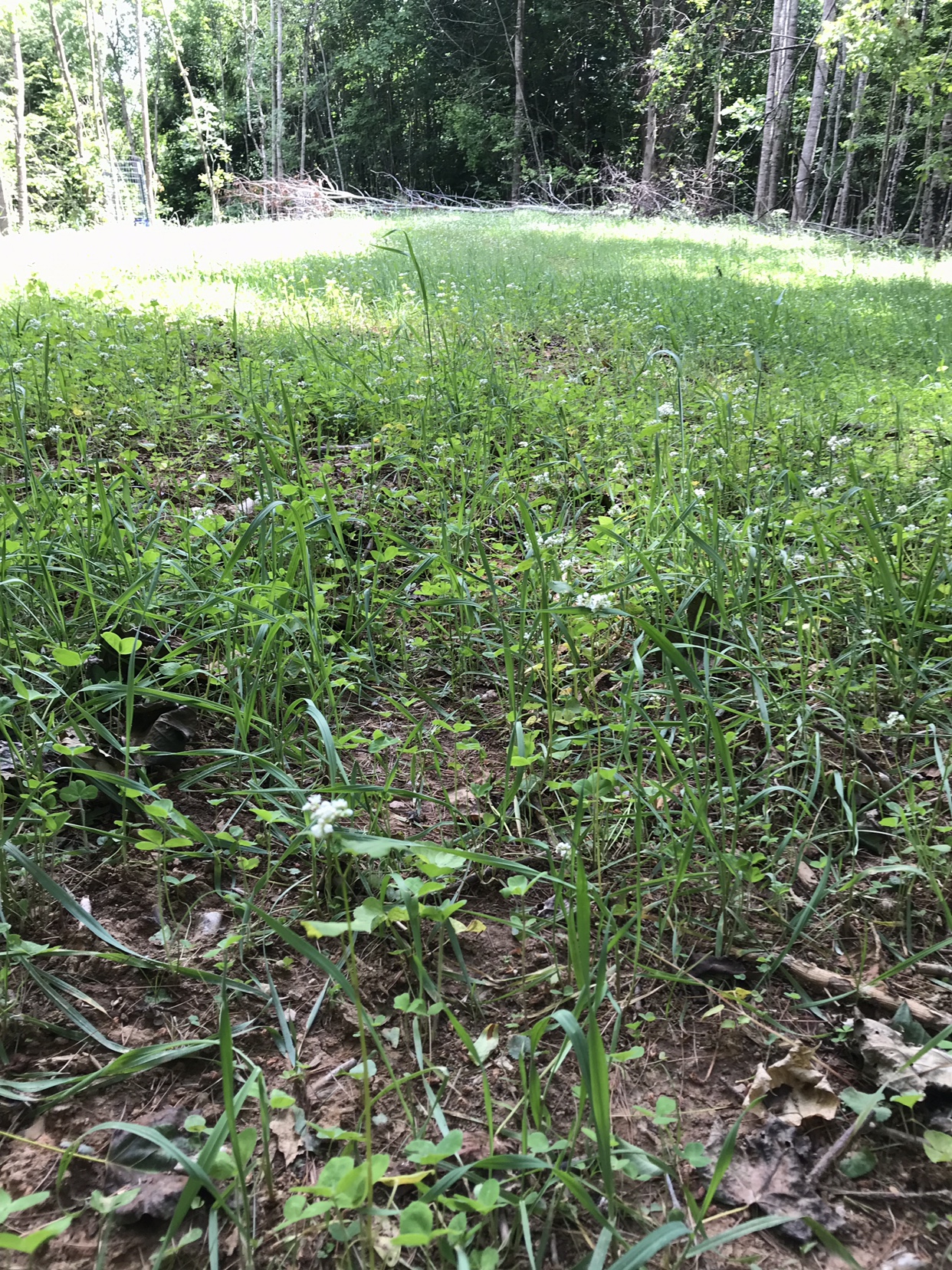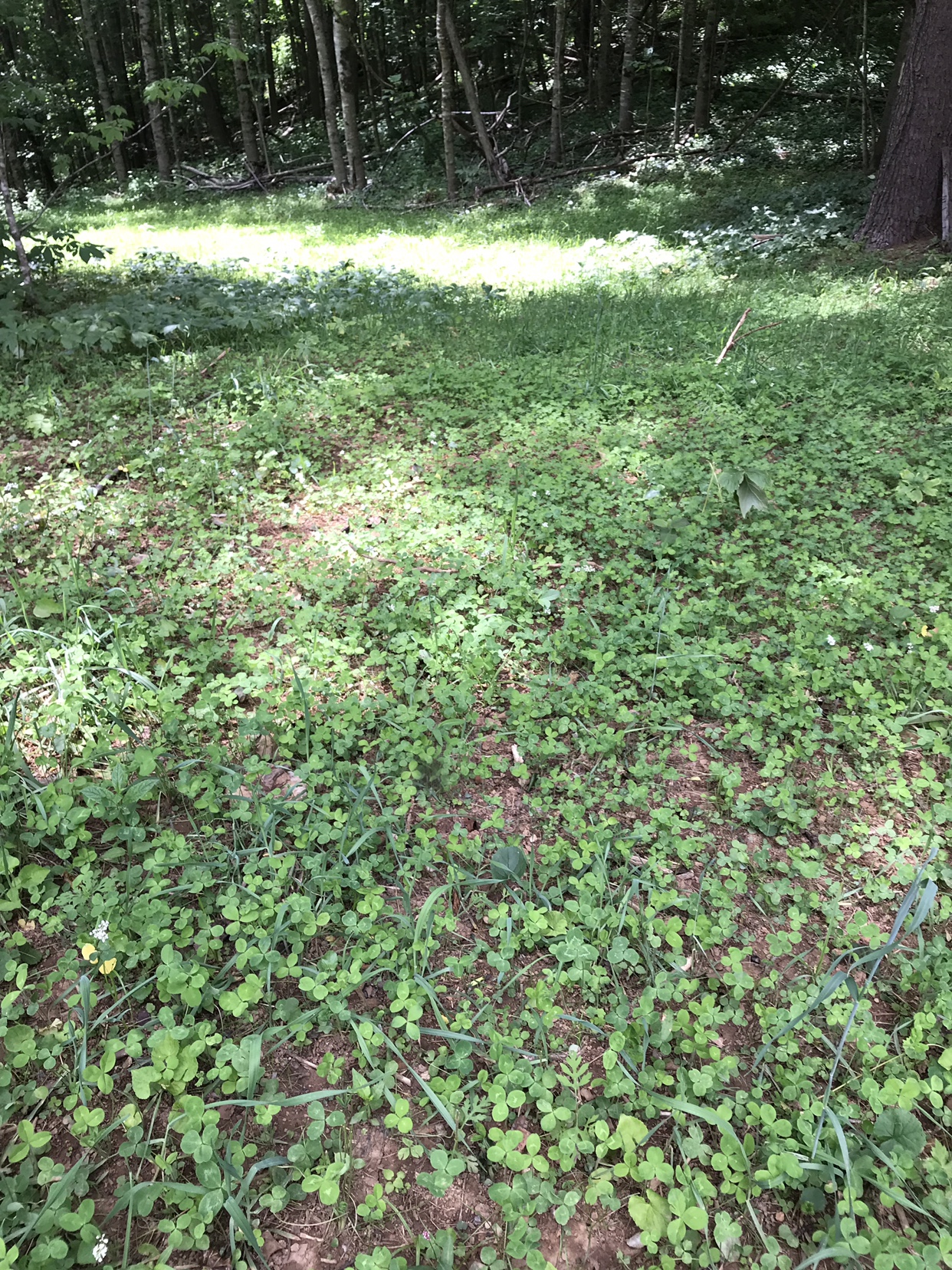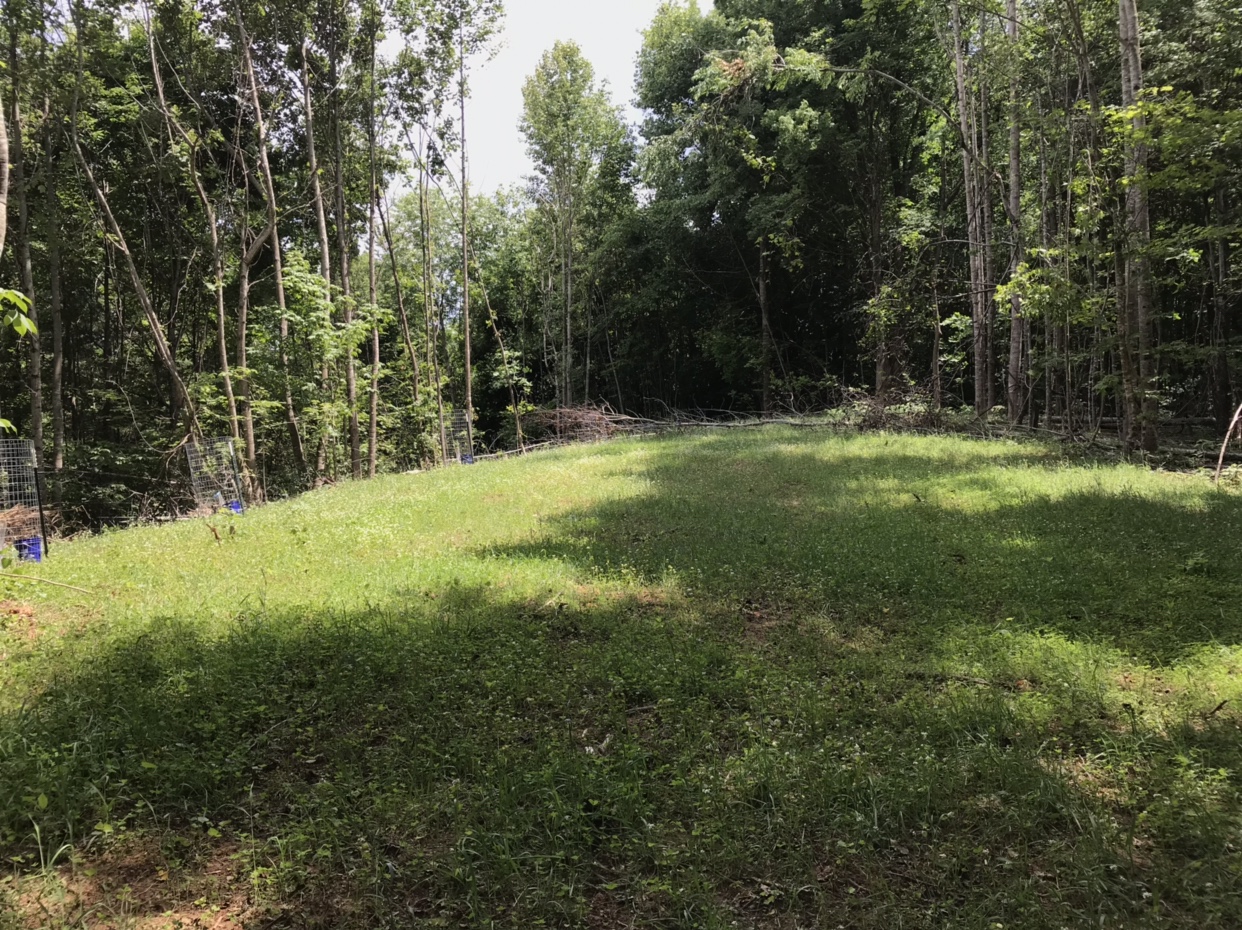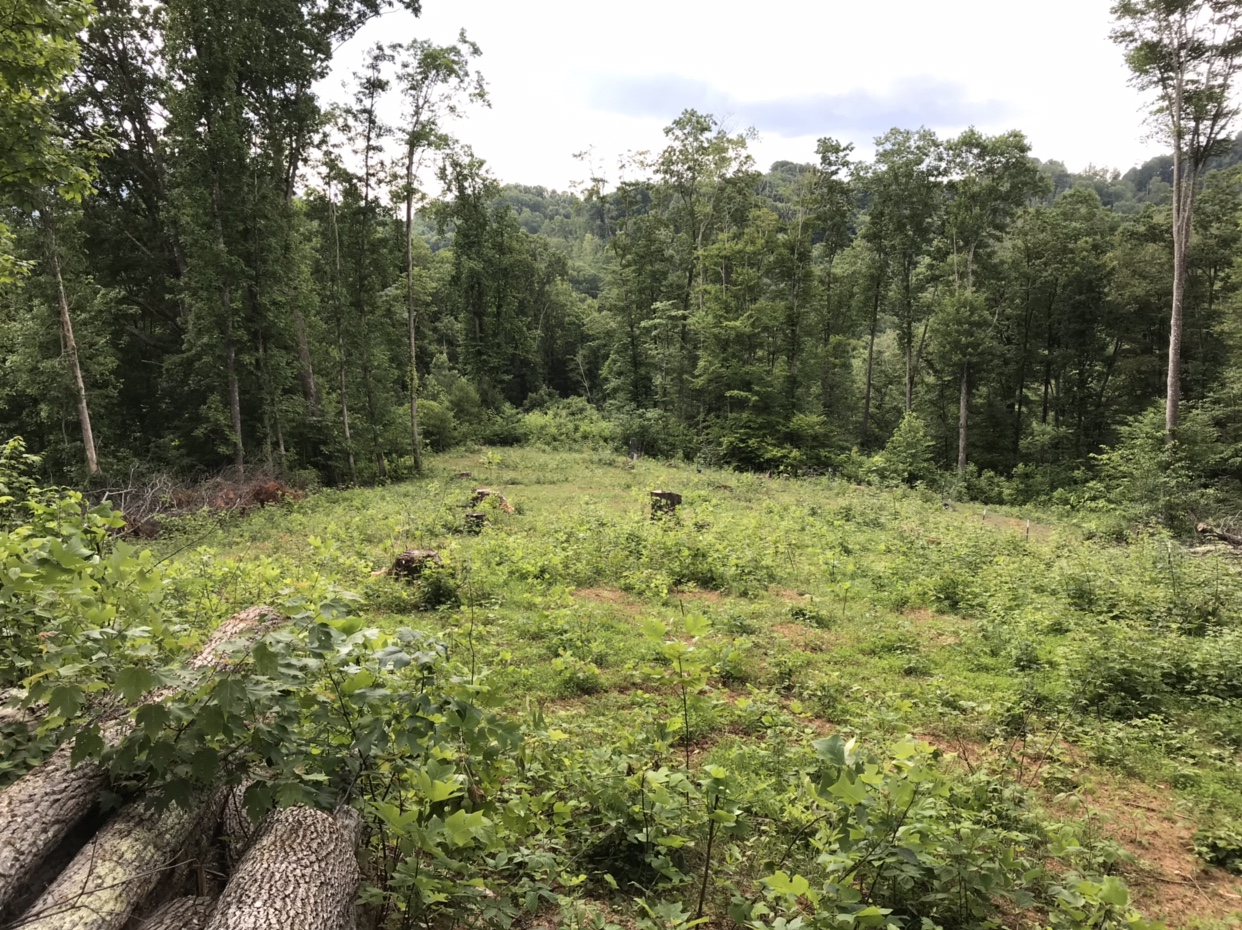Some of you might remember me from the "QDMA forums" on which I went by the name "whitetail fanatic" On our farm here in Southwestern Wisconsin, I planted 4.10 acres on May 15 with about 80 pounds per acre of winter rye and about 2 pounds per acre of Winfred Forage Brassica. We've gotten plenty of rain since then and it looks like it's off to a good start. It will be very interesting to see how this turns out.
Below are some photos. The first photo is looking east, you can see my home just a bit to the left of the center of the photo, and the barn/sheds/silo to the right. It's hard to tell from the photo because it looks like the spruce trees are blocking the home, but God has blessed me with an amazing view to the west up our valley in which the food plots are located as well as all the other habitat photos below. I might have to do some more trimming of those spruce trees in the years to come to open up my view a bit more.
The second photo is looking west. In this photo, to the right of the food plot is some cave in rock switchgrass coming up, we burned it about a month ago. To the right of that, you can barely see the edge of an area about 7.8 acres in size that we fenced off with electrified 8 strand, hi tensile 12.5 gauge steel wire and inside that we have white cedar, red osier dogwood, apple trees, and some chokecherries. A couple more growing seasons we will be able to take the fence down and let the deer enjoy what should be some of the best deer habitat in southern Wisconsin! To the left of the food plot in that second photo, on the other side of the tree line is about 6.5 acres of apple trees, almost all of them have been t-budded with varieties like Galarina, Liberty, Enterprise, northwest Greening, winecrisp and a few other varieties.
In the third and most zoomed in photo you can see the Winfred coming up with the rye.




I have some photos below of the apple trees. The largest ones are about 12 to 15 years old and 6" to 7" in diameter. I remember when I first started t-budding these trees and would dream about seeing them like they are now!



Below are some chokecherries in blossom. The last photo I am standing in the 7.8 acre enclosure of white cedar, dogwoods, apple, and chokecherry looking south across the valley towards the switchgrass, food plot, and the largest apple orchard (deer plot!) of about 6.5 acres.





















